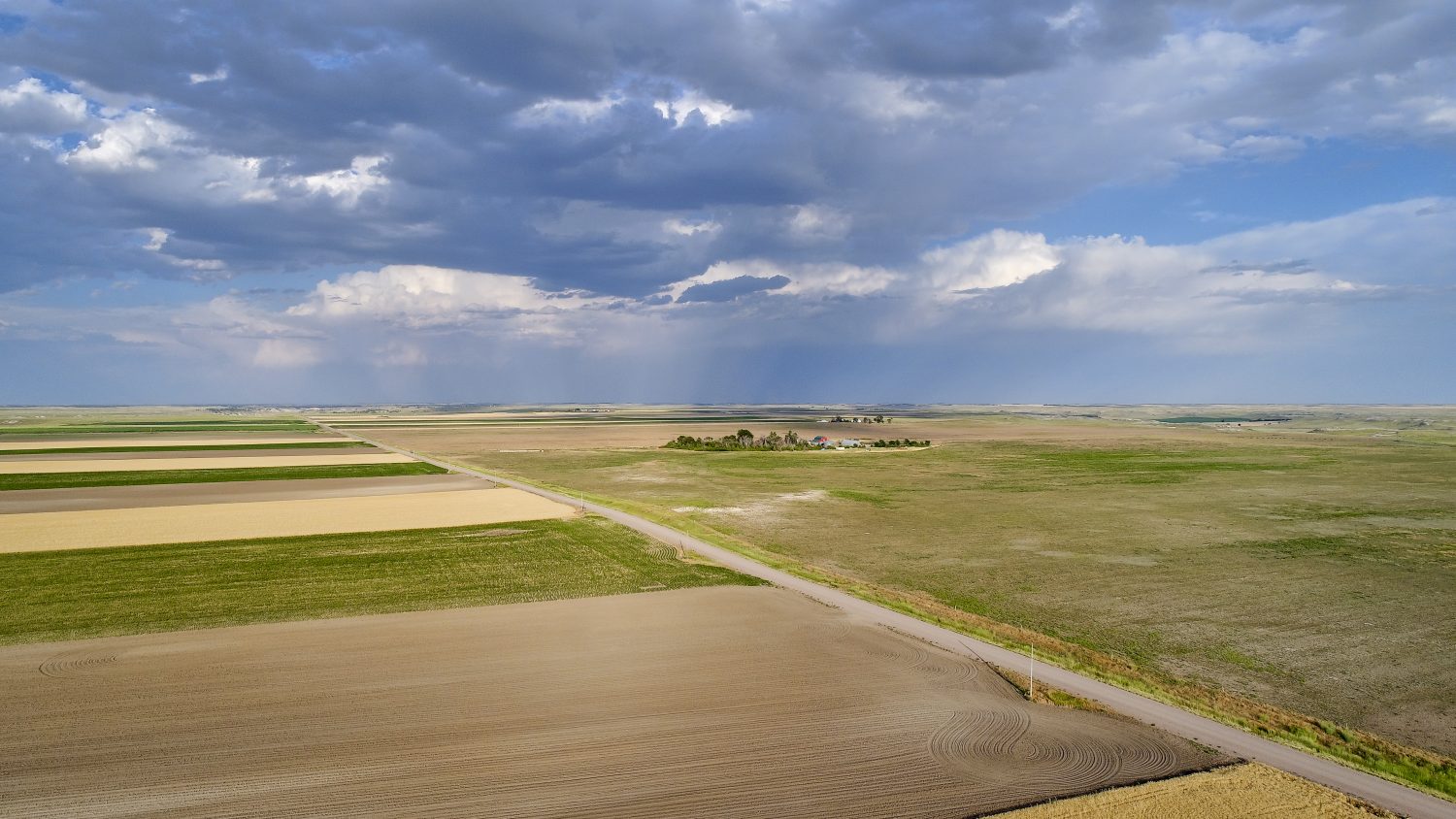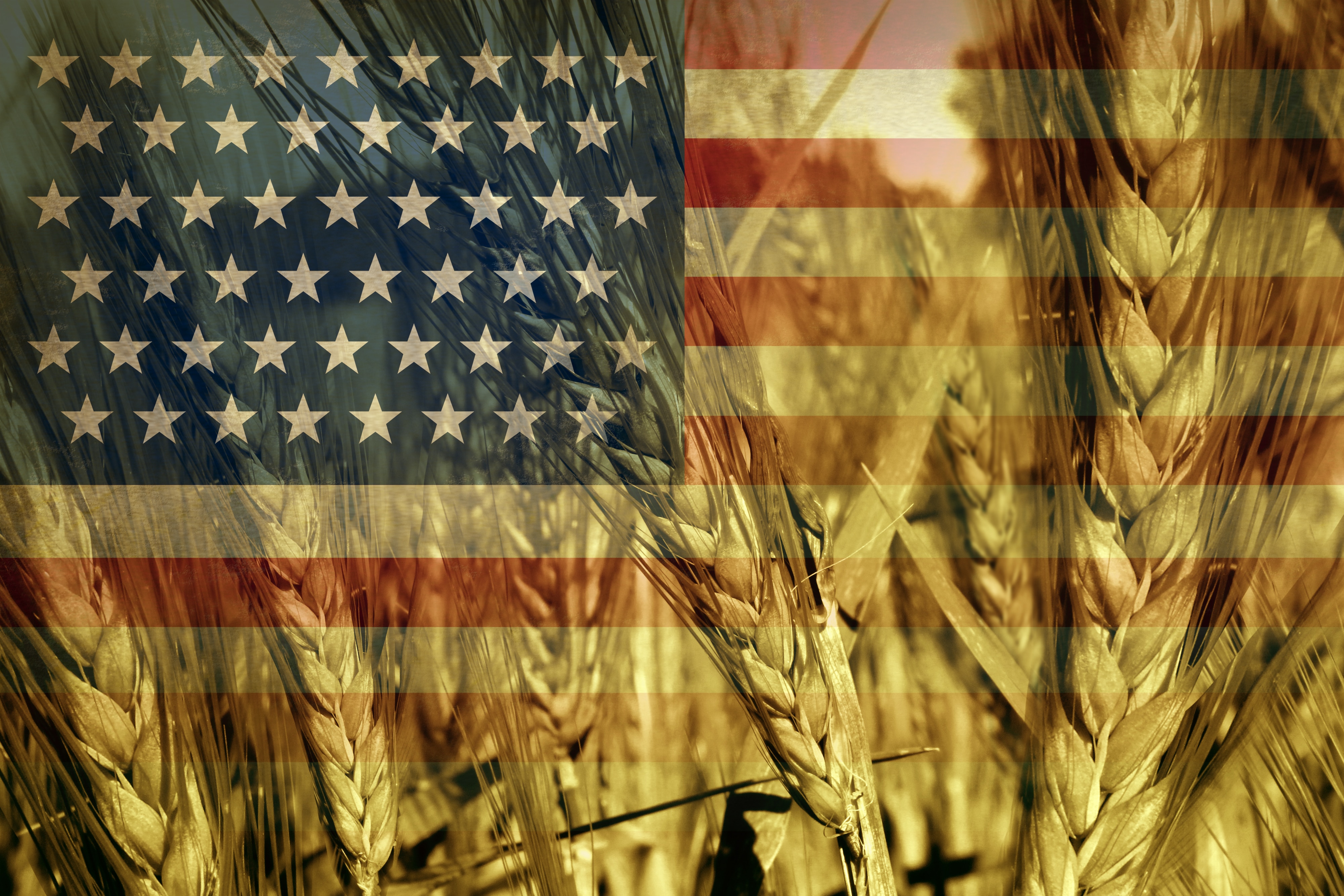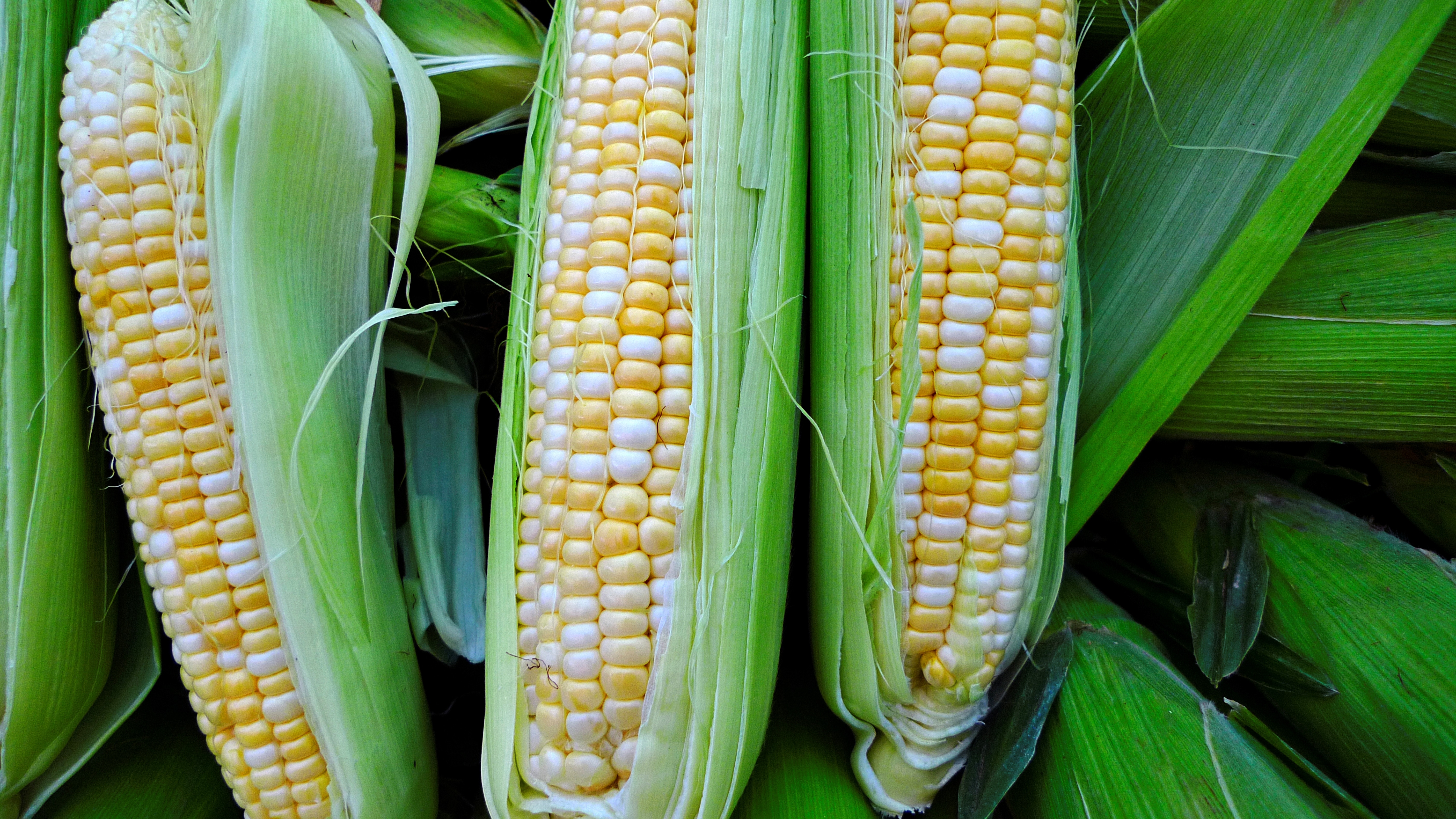fjfnewswp2324234234342019-06-11T17:52:26+00:00
WHEAT: U.S. 2019/20 wheat supplies are down with lower beginning stocks partly offset by slightly higher production. Beginning stocks are down 25 million bushels on increased 2018/19 exports. Winter wheat production is forecast up 6 million bushels to 1,274 million with an increase to Hard Red Winter more than offsetting decreases for Soft Red Winter and White Winter. Total wheat production is now forecast at 1,903 million bushels, up 5.8 million bushels from the May forecast. Exports for 2019/20 are unchanged at 900 million bushels but feed and residual use is raised 50 million bushels to 140 million on reduced projected corn supplies. Ending stocks are lowered 69 million bushels to 1,072 million, and the season-average farm price is raised $0.40 per bushel to $5.10. The price increase reflects sharply higher wheat futures prices and reduced 2019/20 corn supplies.
World 2019/20 wheat supplies are raised 4.9 million tons on a 1.6-million-ton increase in beginning stocks and a 3.3-million-ton increase in global production. India’s wheat crop is raised 1.2 million tons on updated government data. Production in Russia and Ukraine are each raised 1.0 million tons reflecting favorable weather to date. Projected 2019/20 global trade is expanded 0.8 million tons with a 1.0-million-ton increase for Russia and a 0.5-million-ton increase for Ukraine, both due to larger crops. Russian exports are now projected at 37.0 million tons and Ukraine exports are projected at a record 19.5 million. Partly offsetting is a 0.5-million-ton decrease for EU exports with greater competition from Black Sea origins. Projected 2019/20 world consumption is raised 3.6 million tons on both higher food and feed and residual use. With supplies rising more than use, ending stocks are projected up 1.3 million tons to a record 294.3 million.
COARSE GRAINS: This month’s 2019/20 U.S. corn outlook is for increased beginning stocks and imports, sharply lower production, reduced feed and residual use and exports, and smaller ending stocks. Beginning stocks are up reflecting a 100-million-bushel decline in projected exports for 2018/19 to 2.2 billion bushels, based on current outstanding sales and reduced U.S. price competitiveness. Corn production for 2019/20 is forecast to decline 1.4 billion bushels to 13.7 billion, which if realized would be the lowest since 2015/16. Unprecedented planting delays observed through early June are expected to prevent some plantings and reduce yield prospects. USDA will release its Acreage report on June 28, which will provide survey-based indications of planted and harvested area. With sharply lower supplies, use is projected to decline 425 million bushels to 14.3 billion, based on reductions to feed and residual use and exports. With supplies falling more than use, ending stocks are projected to decline 810 million bushels to 1.7 billion, which if realized would be the lowest since 2013/14. The season-average farm price is raised 50 cents to $3.80 per bushel.
This month’s 2019/20 foreign coarse grain outlook is for lower production, increased trade and lower stocks relative to last month. Argentina corn production is raised on increased area with higher prices. Canada corn production is lowered on reductions to both area and yield with planting delays in Ontario. Russia corn production is higher based on government data indicating larger-than-expected planted area. Barley production is lowered for the EU reflecting a reduction for Spain. For 2018/19, Brazil corn production is raised based on the latest government statistics.
Major global trade changes for 2019/20 include larger forecast corn exports for Argentina and Russia, with a partly offsetting reduction for Zambia. For 2018/19, exports are raised for Brazil and Argentina for the local marketing year beginning in March 2019 based on higher-than-expected shipments during May. Foreign corn ending stocks are lowered from last month mostly reflecting reductions for Argentina, Brazil, Canada, and the EU.
RICE: The outlook for 2019/20 U.S. rice this month is for lower supplies, reduced domestic use and exports, and lower ending stocks. Projected U.S. all rice production is lowered 20.1 million cwt or 9 percent to 198.1 million with all of the decrease in long-grain, primarily on a reduction in planted area. The excessive spring precipitation in the Delta is expected to result in lower rice area in this region compared to the NASS Prospective Plantings intended acreage, issued March 29. Partially offsetting the smaller production are higher projected imports, which are raised by 1.2 million cwt to a record large 29.2 million with increases for both long-grain and medium- and short-grain. All rice projected domestic and residual use is lowered 7.0 million cwt to 133.0 million, mainly the result of reduced long-grain supplies. Projected all rice exports are reduced 1.0 million cwt to 100.0 million. The reduction in long-grain exports on higher projected prices is partially offset by increased medium- and short-grain exports as a portion of outstanding sales from the 2018/19 market year are expected to be shifted to 2019/20. Projected 2019/20 all rice ending stocks are lowered 7.2 million cwt to 51.6 million with long-grain accounting for all of the reduction. The projected 2019/20 all rice season-average farm price (SAFP) is raised by $0.50 per cwt to $11.70 with increases in the projected SAFPs of all rice classes this month.
Global 2019/20 rice supplies are decreased by 0.5 million tons to 667.8 million as higher carryin stocks are more than offset by lower production. Global production is down as reductions for the United States, North Korea, and Thailand are not completely offset by higher projected production for Madagascar, Egypt, and the EU. World 2019/20 consumption is lowered fractionally to 496.0 million tons on reduced expected use in China, North Korea, and the United States more than offsetting higher use in Madagascar, Bangladesh, Burma, and Egypt. Global 2019/20 trade is lowered 0.4 million tons to 47.2 million as reduced exports by India, Burma, and the United States are not completely offset by higher exports by China. Projected world ending stocks are adjusted lower this month to 171.9 million tons but remain record large.
OILSEEDS: This month’s U.S. soybean supply and use projections for 2019/20 include higher beginning and ending stocks. Beginning stocks are raised reflecting a 75-million-bushel reduction in projected exports for 2018/19 based on lower-than-expected shipments in May and a lower import forecast for China. Although adverse weather has significantly slowed soybean planting progress this year, area and production forecasts are unchanged with several weeks remaining in the planting season. With soybean use unchanged, 2019/20 ending stocks are projected at 1,045 million bushels, down 25 million from the revised 2018/19 projection. Other changes for 2018/19 include increased soybean meal imports and exports, reduced soybean oil used for biodiesel production, and higher soybean oil ending stocks.
The 2019/20 season-average price for soybeans is forecast at $8.25 per bushel, up 15 cents reflecting the impact of higher corn prices. Soybean meal prices are forecast at $295 per short ton, up 5 dollars. The soybean oil price forecast is unchanged at 29.5 cents per pound.
The 2019/20 global soybean supply and use projections include lower production and stocks compared to last month. Global production is down 0.3 million tons to 355.4 million due to lower crops for Ukraine and Zambia. The 2019/20 soybean ending stocks are lowered 0.4 million tons mainly reflecting lower carryin due to revisions to 2018/19 balance sheets. Beginning stocks for 2019/20 are reduced for Argentina and China offsetting higher stocks for the United States. For Argentina, stocks are lowered on a 1.5-million-ton increase to exports to 7.8 million for 2018/19 based on the recent pace of shipments. Beginning stocks are lowered for China due to a 1-million-ton decrease to imports to 85 million for 2018/19.
SUGAR: U.S. sugarbeet production for 2019/20 is projected at 33.916 million tons, up 1 percent from last month. Overall planting progress in the United States advanced beyond the pace indicated last month to move the yield forecast to 30.8 tons/acre, up from 30.5. Based on average levels of beet pile shrink and slicing recovery, beet sugar production from this crop is projected at 4.992 million short tons, raw value (STRV) with production occurring in August and September at 511,111. This results in fiscal 2018/19 beet sugar production at 4.920 million STRV, a gain of 9,509 STRV. This increase is largely offset by lower 2018/19 Florida cane sugar production reported by processors. High-tier tariff imports for 2018/19 are increased by 20,000 STRV to 90,000 based on the pace of entries to date. These supply changes result in ending stocks for 2018/19 residually increasing to 1.526 million STRV, implying a stocks-to-use ratio of 12.40 percent, up marginally over last month.
Beet sugar production for 2019/20 is projected at 5.154 million STRV based on the larger sugarbeet crop. This increase is partially offset by lower cane sugar production in Texas due to weather-related area reductions for the 2019/20 crop as reported by the processor. With no changes to imports or use, the combination of higher beginning stocks of 20,469 STRV and a net production increase of 23,457 STRV implies ending stocks of 1.528 million and a stocks-to-use ratio of 12.37 percent.
Mexico sugar production for 2018/19 is estimated at 6.400 million metric tons (MT) based on CONADESUCA-estimated area of 796,770 hectares (ha) and USDA estimates of yield at 71.08 MT/ha and sucrose recovery of 11.30 percent. Mexico sugar production for 2019/20 is projected at 6.183 million MT assuming the same area as in 2018/19 and 5-year averages of sugarcane yield and sucrose recovery. With no other changes, the changes to production result in exports to non-U.S. destinations of 1.386 million MT in 2018/19 and 263,100 MT in 2019/20, based on CONADESUCA targets for ending stocks.








